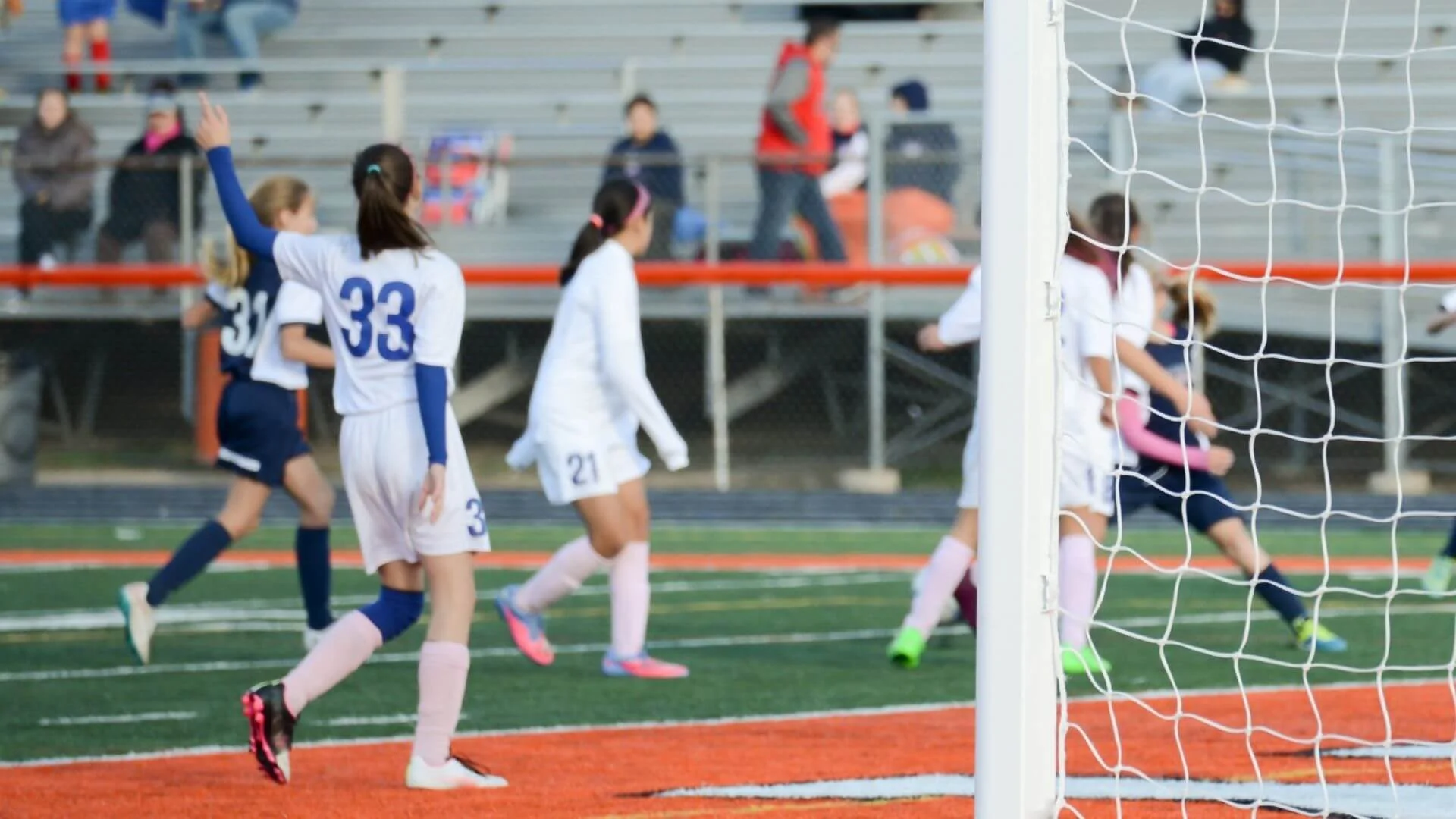How Long Can Athletes Play Now? A Look at Age in Soccer
The USWNT is the oldest team going to the Olympics this year. It includes Carli Lloyd, the oldest-ever US Women’s Soccer Olympian. For many players, this is their third or fourth time making the Olympic team. Having the roster fairly unchanged for so long has allowed players to develop in their position and work together well as a team.
However, a team with an average age of 30.8 is not the norm and does not necessarily help the team in the long run. Here’s a look at age in soccer, how it’s changing, and what it means for older teams.
The Trend Towards Younger Teams
Most teams are actually trending towards younger players, but it’s not for the reason you might think. Science has shown that players in their early twenties and players in their late twenties did not have a significant difference in their endurance and physical skills. In fact, players in their late twenties have the added benefit of being more experienced. So why are teams starting to become younger?
It stems back to the issue of pay. Compared to men’s teams, women’s teams only earn a fraction of the money. This leads women’s soccer players’ careers to not be as financially sustainable, and therefore shorter.
For the USWNT, there could be an exception because the team is so wildly successful, so the players are able to play longer.
The Aging USWNT
The USWNT being such an experienced team has led to positive outcomes in international tournaments over the years. However, the future could be uncertain as many of these veteran players could retire soon, leaving gaps in the roster.
Having a team with an average age higher than 30 could actually hurt them in just a few years as they’ll need to develop new players and rework the lineup. In fact, looking at the Olympic roster this year, it’s likely that this will soon become an issue.
The Olympic roster contains a large age gap between the starting lineup of veteran players and the new talent that just made the team. This means that once older players retire, there could be a struggle to train new players to fill in their position. Although, there still is plenty of young and inexperienced talent both on the roster and who have eyes on making the roster in the future.
Veteran Players on the USWNT Team
Even so, the older more experienced players are not letting up. “(From an) explosive standpoint, a strength standpoint, this is the best I’ve ever felt,” said Carli Lloyd about her age-defying career.
Even after her frustrating run in the Olympics four years ago where she mostly sat as a sub, Lloyd is optimistic about this year’s Olympics and coming back better than ever at age 39. Additionally, Lloyd has talked about retiring coming down to a life decision, not because of her physical capabilities.
Similarly, Megan Rapinoe had plans to continue her professional soccer career into these Olympic games and the next World Cup. With her newfound fame, as she’s spoken up about the pay gap, racial injustice, and LGBTQIA+ rights, there is a ton of pressure on her.
Yet, this pressure has not daunted her. “I’m never going to be a person who stops playing because I don’t love the game. I still do. And I would never want to cut my career short,” said Rapinoe. Confident on and off the field, Rapinoe remains an unwavering leader on the team as she heads into her third Olympic tournament.
Both Lloyd and Rapinoe go to show that age in soccer is by no means set in stone. In fact, the length of these USWNT players’ careers is not dependent on their fitness. For these veteran USWNT players, retirement is not a matter of physical capability, but of beginning a new life chapter.
Overall, the USWNT and especially the Olympic roster headed to Tokyo reveals the perks of having a team filled with veteran players, but this is not widely achievable. Having a team on the older side might also present problems in the near future for developing new players once the older players retire.
Featured Image via @USWNT on Instagram













